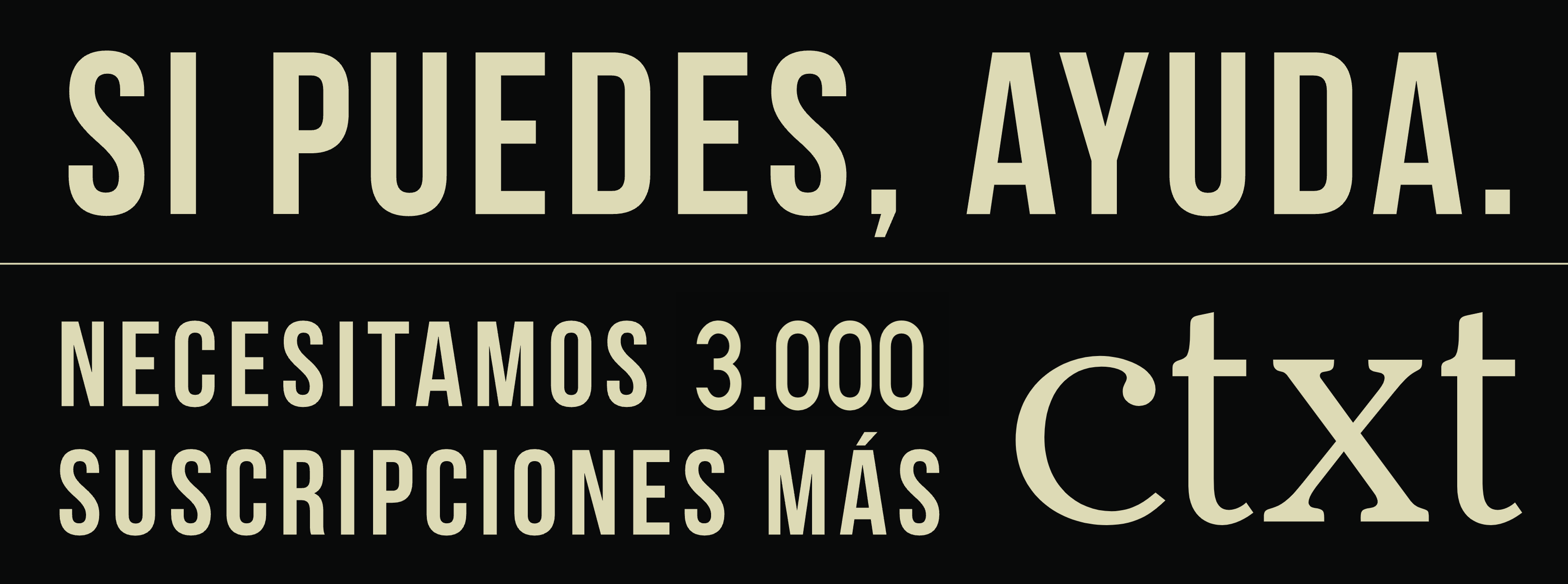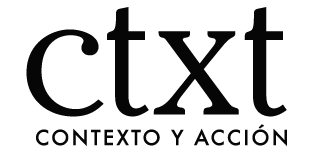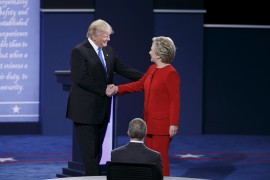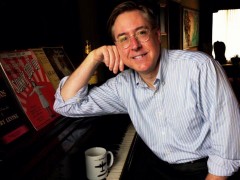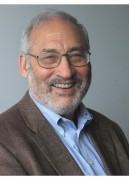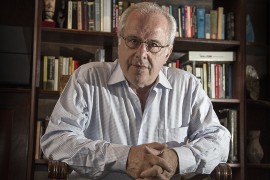En CTXT podemos mantener nuestra radical independencia gracias a que las suscripciones suponen el 70% de los ingresos. No aceptamos “noticias” patrocinadas y apenas tenemos publicidad. Si puedes apoyarnos desde 3 euros mensuales, suscribete aquí
In mid-July, Melissa Connolly – head of Public Relations at Hofstra University, in the suburbs of New York City – was accompanying students on a study abroad trip in Rome. There, a text message arrived: with only two months to go, Hofstra would be hosting the first debate between the two leading US presidential candidates, Hillary Clinton and Donald Trump. On social media, Connolly commented drily that she would be returning to New York sooner than planned: “I’m out of toothpaste, plus I hear work is busy”.
The presidential debate, on September 26, is expected to be the most widely watched in the history of the United States. Hofstra hosted similar debates in 2008 and 2012, pitting Barack Obama against John McCain and Mitt Romney respectively; the university is proudly proclaiming an unprecedented three-peat. But the level of media attention in 2016 is also unprecedented. Domestic television networks including CNN, Bloomberg, and Telemundo will have stationary sets on campus, along with international media such as Agence France Presse and the Japanese network NHK. TV and radio journalists will broadcast live through the night from deserted campus buildings, for morning shows in Europe or Asia. Some will fly in for the event; others will make the forty-minute trip east from Manhattan. At the start-of-year convocation ceremony, Hofstra University president Stuart Rabinowitz good-humoredly asked that students dress up during the week of the debate, ready for impromptu interviews.
Only six networks will have access to the inner sanctum, the holiest (or unholiest) site of all: the David S. Mack Sports and Exhibition Complex, where the debate will be held. No faculty members will have tickets, and the 200 coveted tickets for students will be distributed by lottery. Traffic will be a nightmare, mediated by the Nassau County Police. Parking, always a problem on campus, will be close to impossible. The expected protestors will be kept far away from the debate hall, in a specially-designated public assembly area across the Hempstead Turnpike, which according to Ms. Connolly will accommodate roughly two hundred people.
There is a frisson of energy and anticipation on campus: as Meena Bose, Director of Hofstra’s Peter S. Kalikow Center for the Study of the American Presidency, notes, this will be the first time, in a highly polarized and personalized election, that Trump and Clinton have directly confronted each other. Others wonder whether Lester Holt, the debate moderator, will hold the “post-Truth” Trump to the scrutiny so painfully lacking in TV interviews earlier this year, and who will best survive the grueling exposure. “It will be interesting to see which candidate more successfully get under the other’s skin,” Aashish Kumar, Co-Director of the university’s Center for Civic Engagement (CCE), observes, “and who emerges more unscathed”. The university’s suburban setting is significant, he adds: “As goes suburbia, so goes the election”.
For some students and faculty, however, the debate is underwhelming: a significant number put their faith in the progressive agenda championed by Bernie Sanders, and their spring optimism has given way in the early autumn to cynicism and apathy. “Fear of Trump,” says Kumar, “may be the only energizing factor left in this election”. The millennial vote—that is, the principled, often idealistic, vote of those born shortly before the year 2000—may be vital on a national level, but New York is safe Democratic Party territory. Despite her recent health scare, Hillary Clinton—an establishment candidate—is expected to win the state easily.
Further aggravating some advocates for change, the third and fourth party candidates, Gary Johnson (Libertarian) and Jill Stein (Green Party) have been formally barred from the debate. Both failed to achieve the 15% rating in national polls demanded by the Commission on Presidential Debates (CPD), which has run all presidential debates since taking over responsibilities from the League of Women Voters in 1988. It remains to be seen whether Stein will attempt to crash the party as she did in 2012, demanding access to the Hofstra debate. “We are here to stand for the American people who have been systematically locked out of the debate for decades by the Commission”, she declared shortly before being arrested for obstructing the traffic, in a video that has since been uploaded to YouTube: “If democracy truly prevailed, there would be no such commission”.
The Hofstra debate will be contained within a metaphorical ‘safe space’, unchallenged by radical alternatives. US campuses lack the explosive energy of universities in some other parts of the world, Prof. Kumar suggests. In South Africa, where he recently worked in the International Center of Non Violence, emotions ran far higher among many of the country’s own millennials: the so-called ‘born-frees’, born after the end of apartheid in 1994. Vehicles and university buildings were set alight in the furor accompanying rising tuition rates.
Yet safety has its virtues, Kumar adds; Hofstra’s CCE is one of a number of university bodies promoting peaceful dialogue in an election campaign that has already spilled over into physical violence. As secret service agents move into faculty offices, as the swimming pool is shut down, and parking lots are abruptly closed, there will be many hoping that the only confrontations at the Hofstra debate are rhetorical.
In mid-July, Melissa Connolly – head of Public Relations at Hofstra University, in the suburbs of New York City – was accompanying students on a study abroad trip in...
Autor >
Simon R. Doubleday
Suscríbete a CTXT
Orgullosas
de llegar tarde
a las últimas noticias
Gracias a tu suscripción podemos ejercer un periodismo público y en libertad.
¿Quieres suscribirte a CTXT por solo 6 euros al mes? Pulsa aquí
